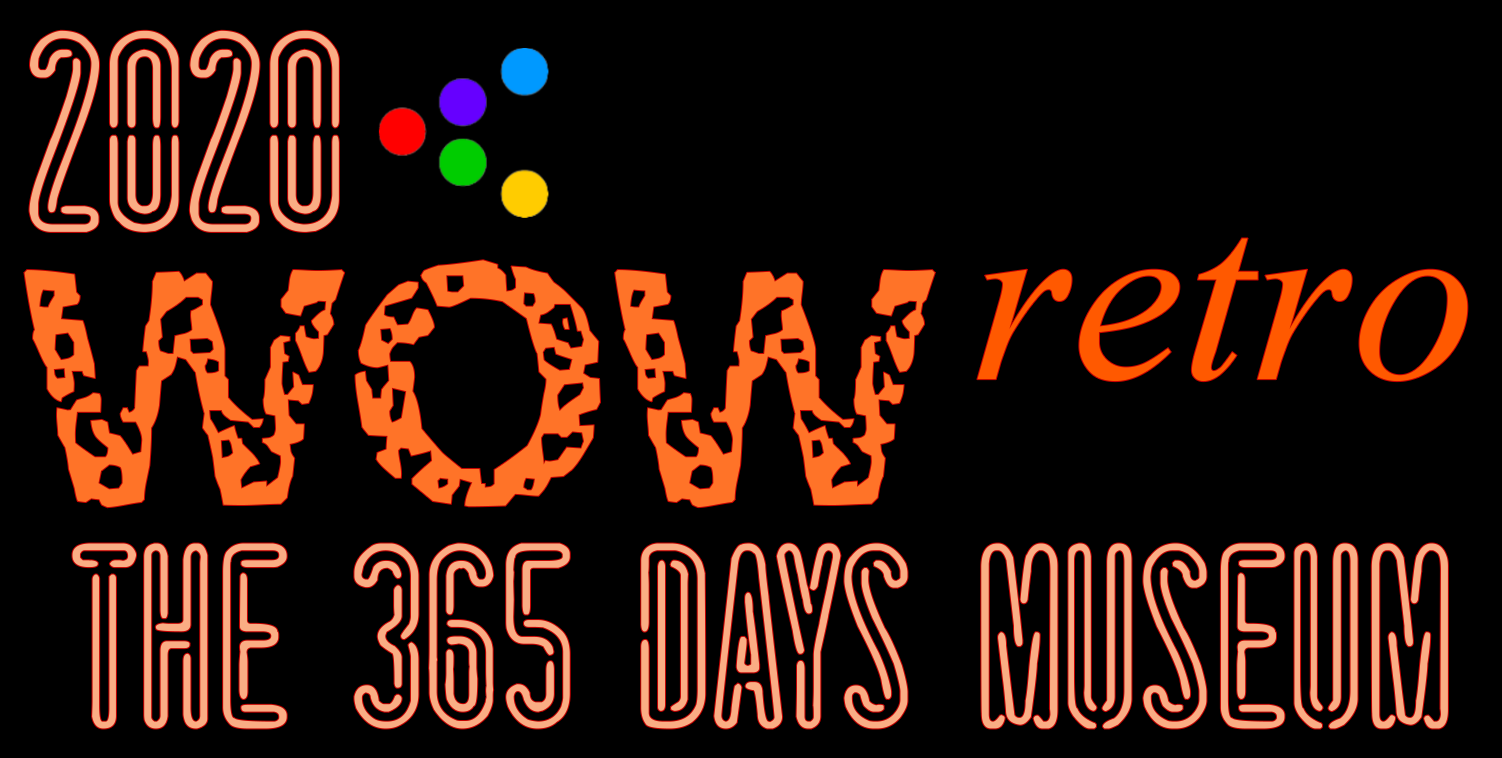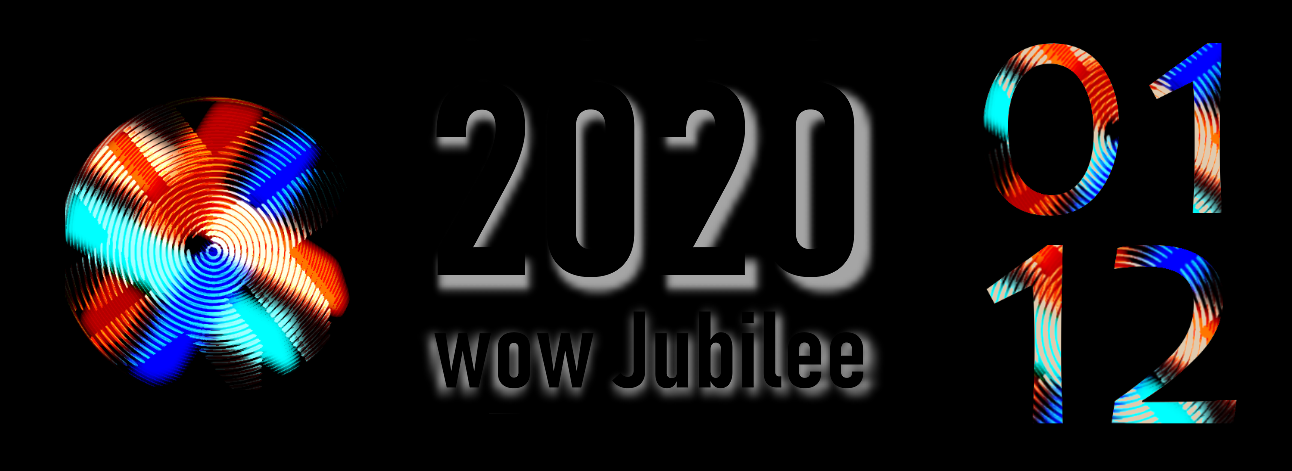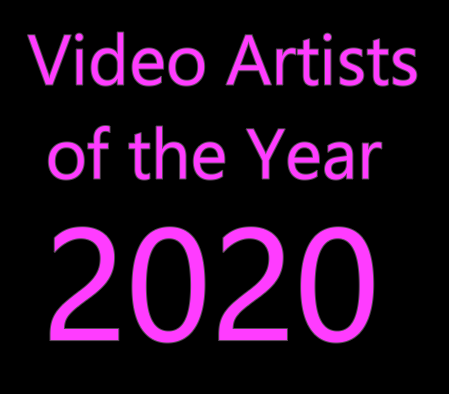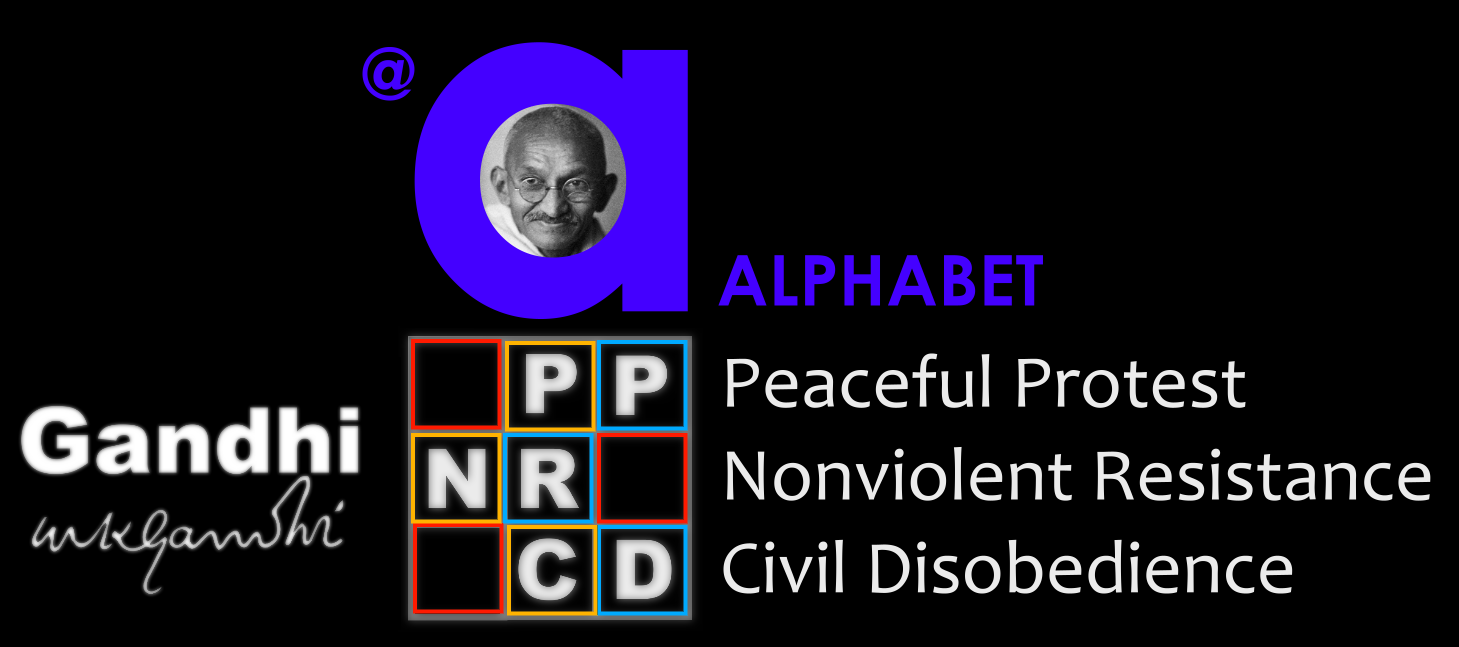video feature
Videoartist of the month June 2020
Netartist of the Month June 20290
In Memoriam David Crawford
In Memoriam David Crawford
Netartist of the Month June 2020
Videoartist of the Month June 2020
As long as he lived, David Crawford belonged to one of Wilfried favourite artists during the early years of his curatorial activities.  David Crawford participated in several JavaMuseum shows, in 2003 he received the JavaArtist of the Year Award – for his excellence. He participated in Violence Online Festival, Cinematheque – Slowtime – Quicktime as an artistic medium, and more. His main work represents a kind of fusion between digital video and netart, a typical expression in times when technology (broadbandwidth Internet) wasn’t advanced yet. By using Flash as the creation environments it was possible even in the early years of the Millenium to present moving pictures, and this is most important, David Crawford gave the few individual images forming an individual stop motion animation a particular relevance, this was standing in opposite to the later use of the mass medium video, when the individual image was loosing its relevance. In this way, David Crawford was also an important videoartist, even if his motion picture work is mainly reduced to his very short “stop motion studies” based of a composition of indivual photographs, which were allowing him, however, to go deeply into the human “psyche” by focussing on short essential movements.
David Crawford participated in several JavaMuseum shows, in 2003 he received the JavaArtist of the Year Award – for his excellence. He participated in Violence Online Festival, Cinematheque – Slowtime – Quicktime as an artistic medium, and more. His main work represents a kind of fusion between digital video and netart, a typical expression in times when technology (broadbandwidth Internet) wasn’t advanced yet. By using Flash as the creation environments it was possible even in the early years of the Millenium to present moving pictures, and this is most important, David Crawford gave the few individual images forming an individual stop motion animation a particular relevance, this was standing in opposite to the later use of the mass medium video, when the individual image was loosing its relevance. In this way, David Crawford was also an important videoartist, even if his motion picture work is mainly reduced to his very short “stop motion studies” based of a composition of indivual photographs, which were allowing him, however, to go deeply into the human “psyche” by focussing on short essential movements.

One day in 2009, Wilfried was wondering, why David Crawford had stopped submitting his works like he had done the years before, and only many years later, Wilfried became aware that this talented artists had faded away. Today in June 2020, 11 years after David Crawfords death, his stop-motion studies are as fresh and current as they were in the year of creation, this is a cause to be delighted, as well as to be very sad.
David, even if time goes on and out of sight is mostly out of mind, the art context Wilfried was creating during the past 20 years, will never forget you as gifted artist!
Unfortunanety, Wilfried had never the chance to meet you in person, so let’s keep us connected via art!

Artist’s Statement
It is said that 90% of human communication is non-verbal. In these photographs, the body language of the subjects becomes the basic syntax for a series of animations exploring movement, gesture, and algorithmic montage. Many sequences document a person’s reaction to being photographed by a stranger. Some smile, others snarl, still others perform. Some pretend not to notice. Underneath all of this are assumptions and unknowns unique to each situation.
The Stop Motion Studies extend my long-standing interest in narrative and, in particular, look at the subway as a stage upon which social dynamics and individual behavior are increasingly mediated by digital technology. As one of the most vibrant and egalitarian networks in our cities, subways bring people from a wide range of social and cultural backgrounds into close contact with each other. This process plays a significant role in shaping both the character of a city as well as our individual identities.

David Crawford (1970-2009) studied film, video, and new media at the Massachusetts College of Art and received a BFA in 1997. He received several Turbulence.org Commissions, including Here and Now (1998), National Velvet (2000), and Stop Motion Studies – Tokyo (2003). In 2000, his Light of Speed project was a finalist for the SFMOMA Webby Prize for Excellence in Online Art. In 2003, Crawford’s Stop Motion Studies project received an Artport Gate Page Commission from the Whitney Museum of American Art, an Award of Distinction in the Net Vision category at the Prix Ars Electronica, and became part of the public collection of the Moderna Museet in Stockholm (SMS – Series 6).
In 2004, he received an MSc from Chalmers University of Technology and taught at The School of the Art Institute of Chicago. Crawford received his PhD in 2009 from the Faculty of Fine, Applied and Performing Arts at Göteborg University in Sweden. His artwork has been featured by the Guardian and Leonardo. His writing has been published by Princeton Architectural Press and SpringerWienNewYork.




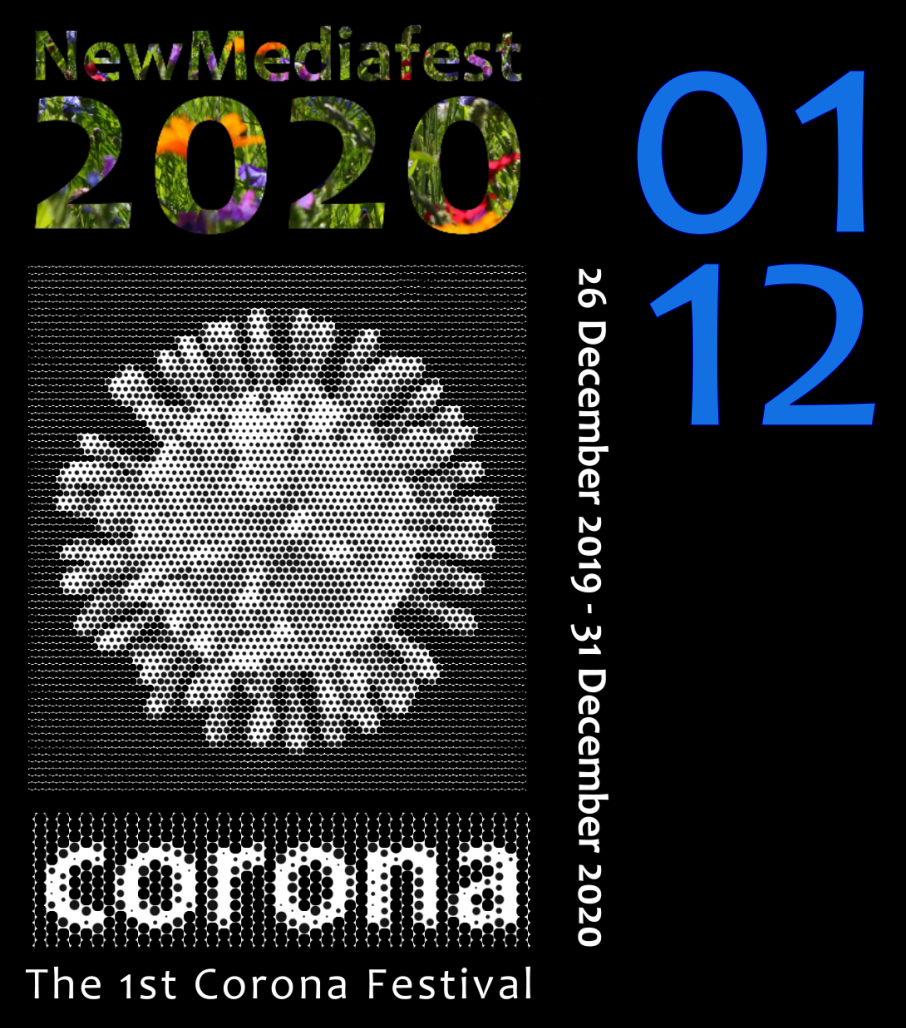

 Enter
Enter Enter
Enter Enter
Enter
 Enter
Enter Enter
Enter